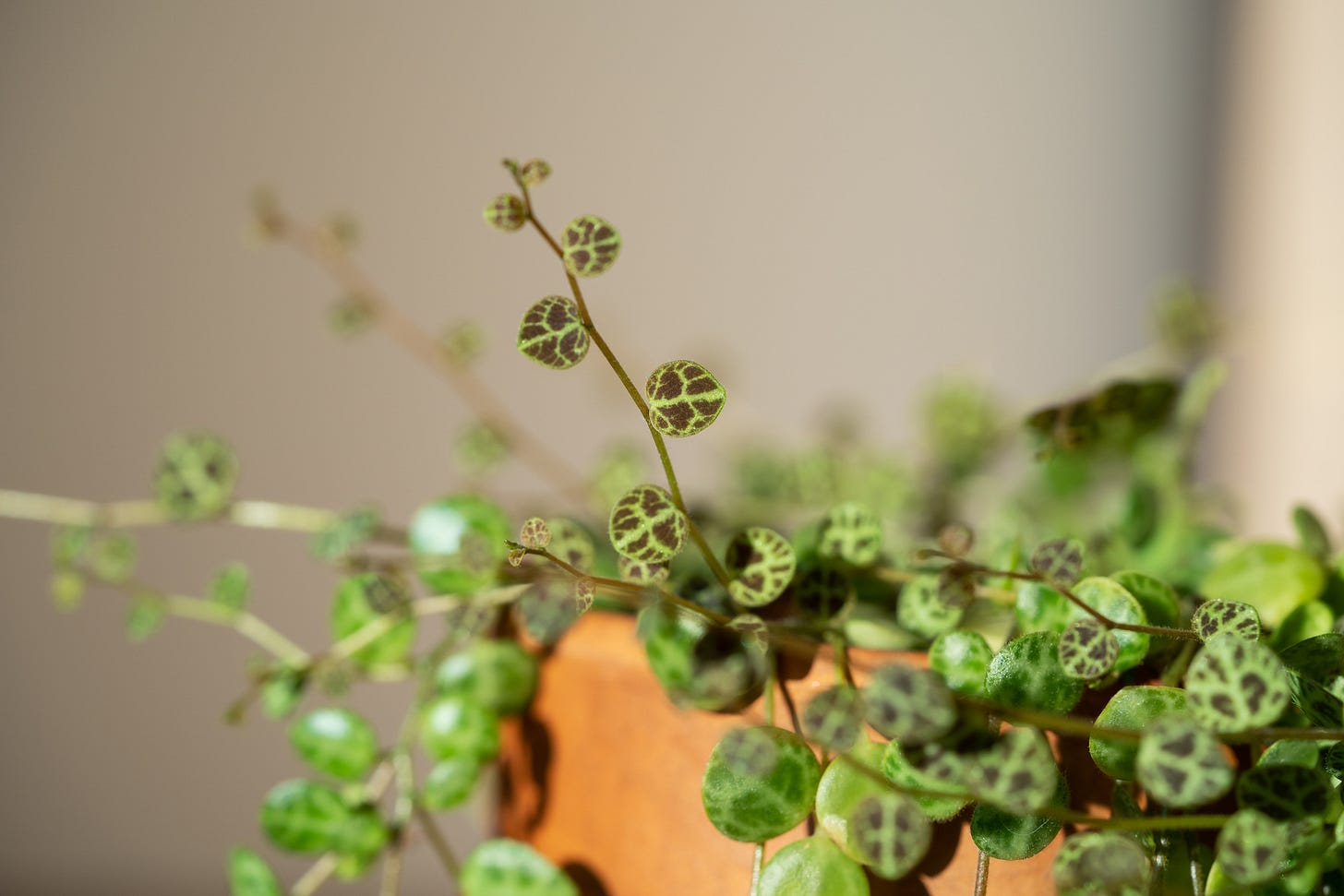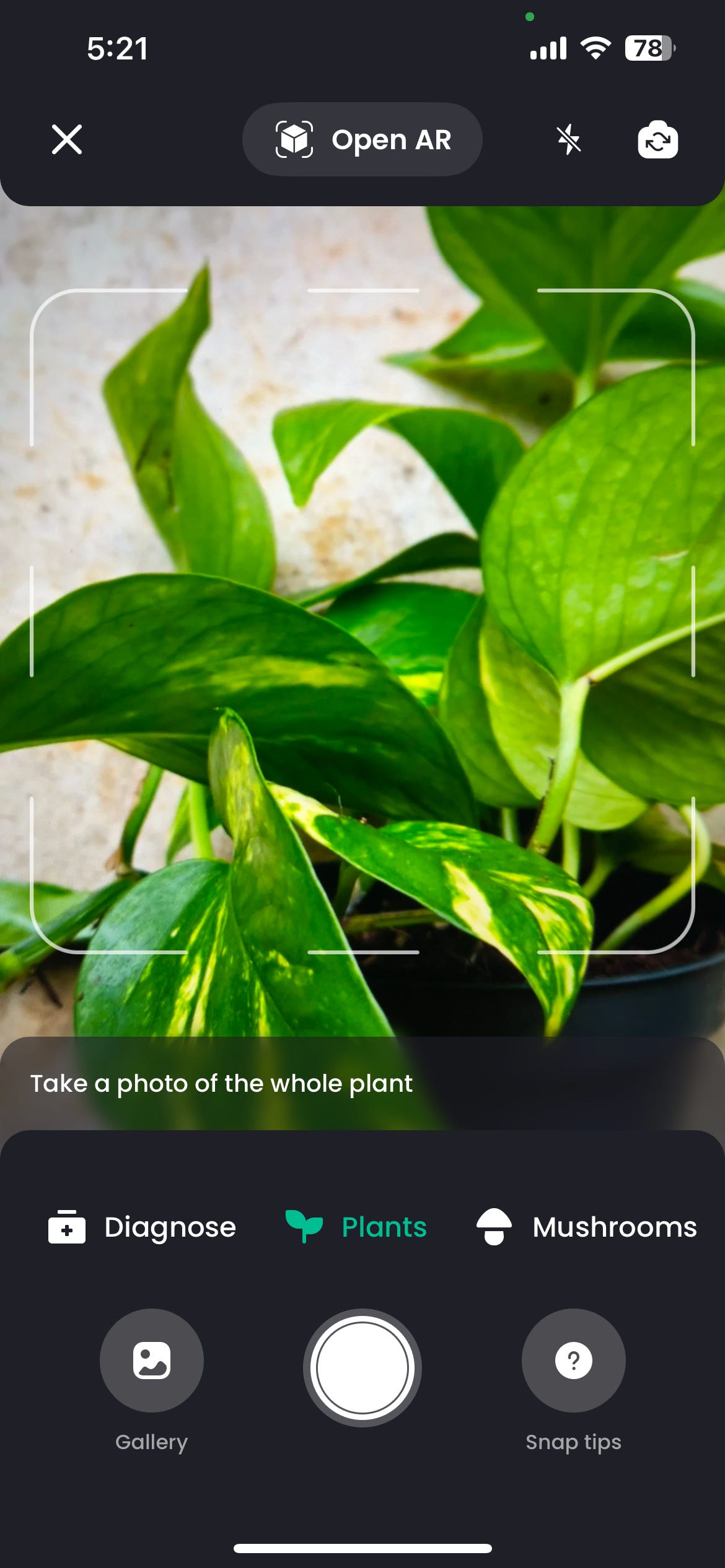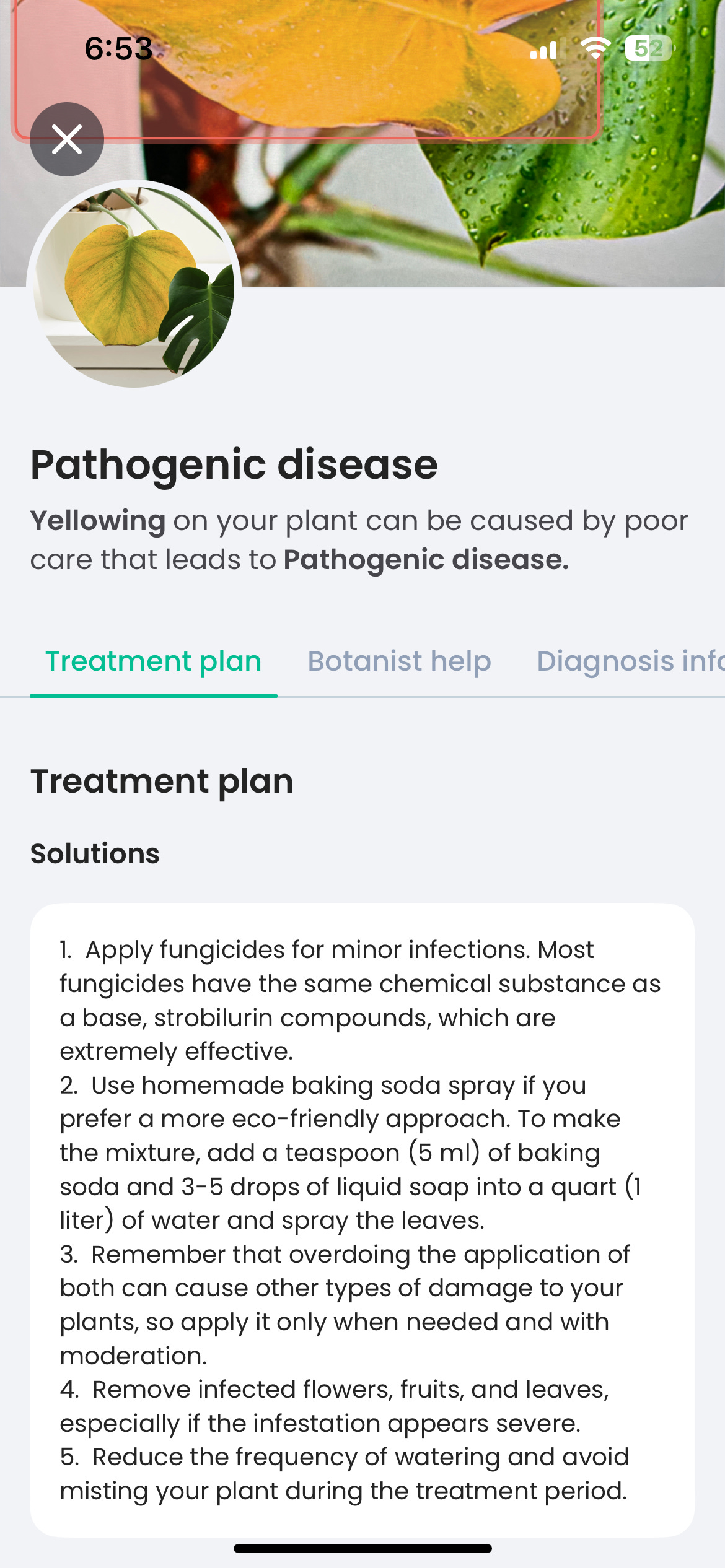Quirky Plants I Found Thanks to the Plantin App (Full App Review)
I didn’t become a plant expert, but I discovered some seriously weird plants!
So here’s the deal—a couple of months back, I killed my mom’s aloe vera plant while she was on vacation. The same plant she’d had for 15 years. The one she specifically said was “impossible to kill.” Yeah, that one. After that incident (which we don’t talk about at family dinners anymore), I desperately tried to up my plant game.
Which brings me to this PlantIn app review. At first, I rolled my eyes—another plant care app? Please. I’ve seen enough of those to know they usually tell you to water a cactus every other day. But after The Great Aloe Incident, I figured I had nothing to lose. If PlantIn could help me figure out why my pothos kept throwing a tantrum and maybe, just maybe, stop me from committing further botanical crimes, it was worth a shot. Plus, their blog introduced me to some funky-looking plants I never knew existed. Some of them are on my wishlist now! So, let’s see what’s really going on with this app.
The Truth About My Plant Journey
Let’s back up a bit. I’m the person who once killed a cactus because I thought “desert plant” meant “no water = healthy cactus,” and you can guess the fate that awaited it. The person who managed to turn a peace lily into a peace-out lily in record time. My apartment was basically a plant hospice—they came here to die.
I downloaded PlantIn with the same enthusiasm I have for dental appointments. Like, how much could an app really help? But here’s the thing—I was desperate enough to try anything that might prevent another “plant incident.” And based on the PlantIn reviews I skimmed, it seemed promising.
App Review Week One (No Plant Casualties!)
The first thing I did was scan my one surviving plant—a pothos cutting my friend gave me with the words, “If you kill this, maybe stick to plastic plants.” The app actually identified it, and then... well, it kind of called me out. It showed me what my sad, three-leaf wonder was supposed to look like. Ouch.
I liked the app right away. The interface is clean, easy to use, and doesn’t feel like it was designed in 2012 and never updated. No clunky menus, no weird color schemes that make your eyes hurt—just a smooth, simple layout that makes it easy to scan, check care info and set up reminders without getting lost in a maze of buttons.
It actually made me want to explore and, dare I say, learn. So, I did. I read the care guide for my pothos, set a watering reminder, and even followed the instructions. Like, really followed them. Not my usual “water it when I remember and pray for the best” method. And… it didn’t die. In fact, it grew a new leaf.
The Weird Plant Rabbit Hole
Late one night, while using the app to figure out why my pothos was getting brown edges (it turns out plants don’t like being next to an AC vent—who knew?), I discovered something called a Monkey Face Orchid. It literally looks like it has tiny monkey faces on it. This one quirky bloom led to an hour of scrolling PlantIn’s blog articles and discovering other weird plants I never knew existed.
Some of my favorites:
Something called a string of turtles (Peperomia prostrata) that actually looks like tiny turtles on a string.
A plant that closes its leaves when you touch it, like it’s playing dead (Mimosa pudica).
One that looks like actual hearts (Hoya kerrii)—I sent that one to my boyfriend, and I am still waiting for a response.
How PlantIn Works (And What I Liked)
Now that I’m done info-dumping about weird plants let’s go back to my PlantIn review and talk about what this thing actually does. At its core, PlantIn is basically a pocket-sized plant guru that helps you identify, diagnose, and care for your plants—aka, everything I desperately needed. Here’s how it works:
1. Plant Identification (The Magic Scanner)
You snap a pic, and the app tells you what plant you’re looking at. Simple, right? And honestly, it’s shockingly accurate. Even with some of the funkier plants I tested, it got most of them right (though I double-checked a few because, well, trust issues).
2. Plant Care Guides (So You Don’t Kill Your Plants)
Every plant ID comes with a care guide that actually makes sense. None of that “give it sunlight” nonsense. It tells you how much light, what kind of soil it likes, and whether it wants a daily misting or will throw a fit if you so much as look at a spray bottle.
3. Disease Diagnosis (For When Things Go Wrong)
Ever noticed a weird spot on a leaf and immediately assumed your plant is dying? Yeah, same. PlantIn lets you scan the affected leaves, then suggests what might be wrong (overwatering? fungal issue? pests?).
4. Plant Watering Reminders (Because We Forget)
This might be my favorite feature. You can set reminders to water, mist, or fertilize each plant, and the app will gently remind—okay, nag—you to do it. No more realizing your plant is crispy because life got in the way.
5. Expert Help (For When You Need a Human)
If the AI can’t figure out what’s wrong, you can get a treatment plan from a real botanist. Remember the brown edges and AC problem? I actually learned that after their botanist’s advice!
The Real Deal: What Actually Helped
Okay, but what really made a difference? Here’s what stood out:
PlantIn explains things like I’m five, which I needed. “Well-draining soil” means nothing to me, but “if the water sits in the pot for more than 5 minutes, your soil’s too heavy,” I can understand.
The light meter made me realize my “bright window” was basically the equivalent of mood lighting for plants. No wonder they were struggling.
It tells you what brown spots actually mean instead of sending you into a midnight Google spiral of plant-related doom.
The Stuff No One Talks About
Look, I’ve read enough sugar-coated app reviews to know better. So, let’s talk about the not-so-great parts of PlantIn. That plant ID feature I raved about? It’s not infallible. Try identifying a plant in dim lighting, and you might end up with some wild suggestions.
The app also goes completely blank without an internet connection, which I discovered in the basement of my local plant shop. Not ideal when you’re trying to check if that gorgeous unnamed plant you’re eyeing is a sunlight diva or not.
And while we’re being honest, some of the best features (like the light meter) are behind a paywall. Fair enough, but worth knowing before you download.
What Other Plant Killers Are Saying
While doom-scrolling through plant forums late one night (yes, this is my life now), I noticed PlantIn popping up in a lot of conversations. Apparently, I wasn’t the only reformed plant killer looking for a lifeline—this thing has over 20 million downloads. Even my local plant shop guy (who used to wince when he saw me coming) mentioned it’s what he recommends to other hopeless cases like mine.
And it’s not just internet hype. I spotted PlantIn in Homes & Gardens and The Spruce the other day, which honestly made me feel a little more validated about my life choices. If the fancy plant people trust it, I guess I’m in good company.
Is PlantIn Worth It?
Look, PlantIn isn’t magic. It won’t turn you into a plant wizard overnight. I still occasionally forget to water things. I still get nervous every time a leaf turns yellow. But it’s like having a really patient friend who knows about plants and won’t judge you for asking, “Is this normal?” fifteen times a day.
I started with the free version, but after successfully keeping three plants alive for a whole month (a personal record), I caved and got the PlantIn lifetime subscription. Worth it? For me, yeah. My plants are still alive, my mom is considering letting me plant-sit again, and I now own a string of turtles because this app sent me down a plant discovery rabbit hole. No regrets.
Wrapping Up This App Review: The Final Verdict
Fast forward three months and something miraculous happened. Remember that sad pothos cutting? It’s now thriving, along with six other plants. Yes, you read that right—seven actual, living, growing plants. I’m still shocked.
So, does the PlantIn app work? I mean, I haven’t killed a single plant within these three months; you can guess the answer yourself. But is it perfect? Nah. Sometimes, I stumble upon some identification issues here and there, but it’s mainly on me because of poor photo quality. It’s helped me keep things alive, which is more than I could say before.
If you’re like me—someone who really wants to be a plant person but seems to have been cursed by some anti-green thumb witch—maybe give it a shot. And hey, if you need more convincing, just take a look at all the PlantIn app reviews out there. Just don’t blame me when you find yourself at 3 AM reading about a plant that looks like baby bunnies (Monilaria obconica—look it up, it’s real).
P.S. Mom, if you’re reading this, I’m sorry about the aloe vera. But hey, look at my living pothos! That counts for something, right?









